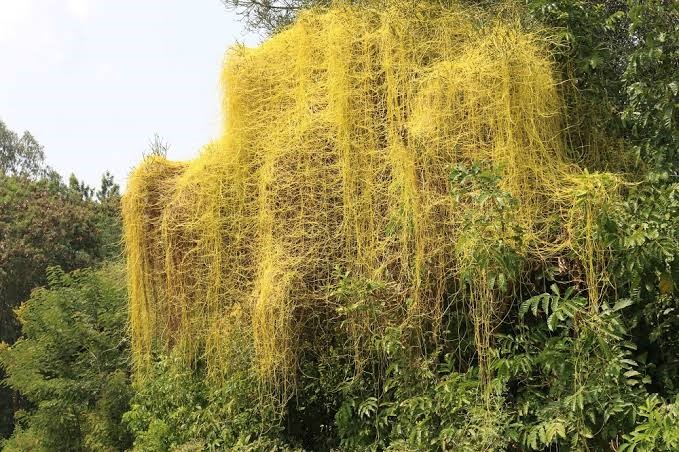
Cuscuta dodder

15.02.2024
Cuscuta dodder , Daily Current Affairs , RACE IAS : Best IAS Coaching in Lucknow
|
For Prelims:About Cuscuta Dodder |
Why in the news?
An invasive weed Cuscuta dodder is slowly choking the Chengalpet forests and Vedanthangal Bird Sanctuary, threatening the local vegetation, ecology and habitat of migratory birds.
About Cuscuta Dodder:
- It is native to North America.
- It is a parasitic vine without roots, has already infested acres of trees in the reserve forests and has begun to spread inside India’s oldest bird sanctuary.
- It is the holoparasitic plant that builds a canopy on the host plant and casts thousands of tendrils to form a dense spectacle before it strangles and eventually kills it.
- As per a technical paper published by the National Research Centre for Weed Science, in India, Cuscuta poses a serious problem in oilseeds, pulses and fodder crops in the states of Andhra Pradesh, Chhattisgarh, Gujarat, Orissa, West Bengal and parts of Madhya Pradesh under rain fed as well as irrigated conditions.
- Legislation in 25 countries has listed the dodder as a ‘declared noxious weed’ with seeds and plant material denied entrance. In the United States, it is the only weed seed whose movement is prohibited in every state.
- The seeds of Cuscuta are spheroid and have a hard coat, which aids them to survive up to 50 years in dry storage and at least 10 years in the field.
- Unlike root parasites, Cuscuta seeds do not require a specific stimulant to induce germination.
Source:New Indian Express